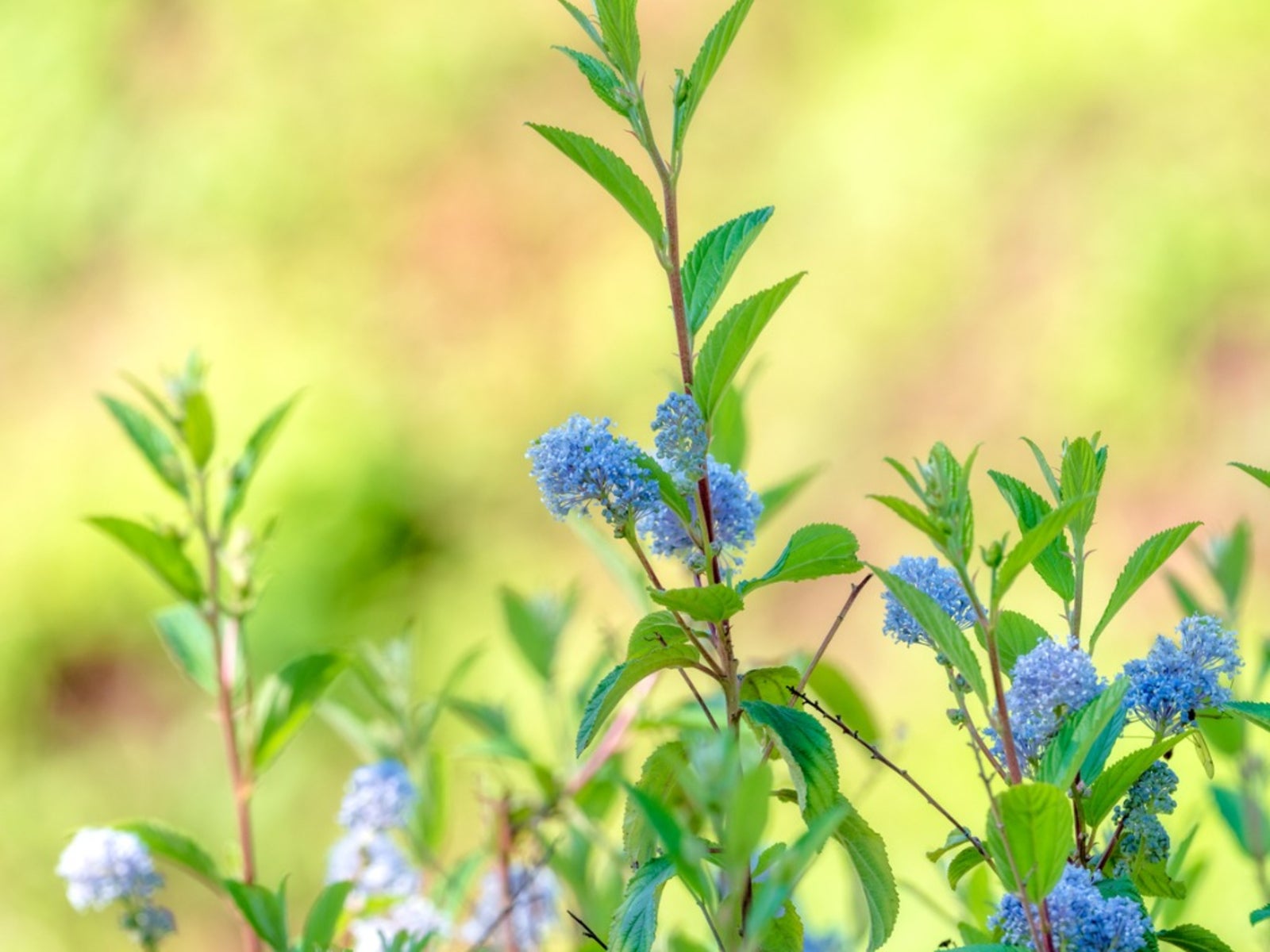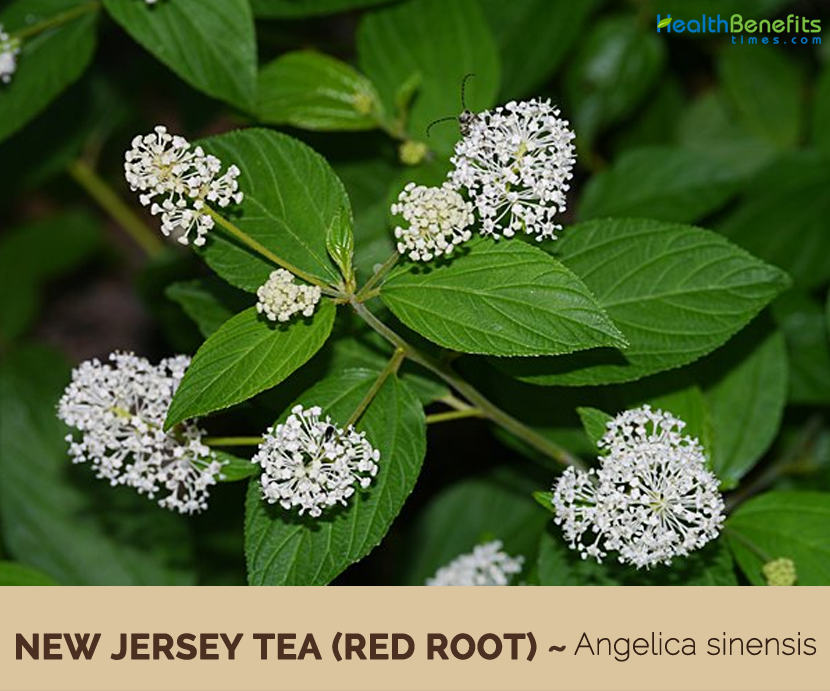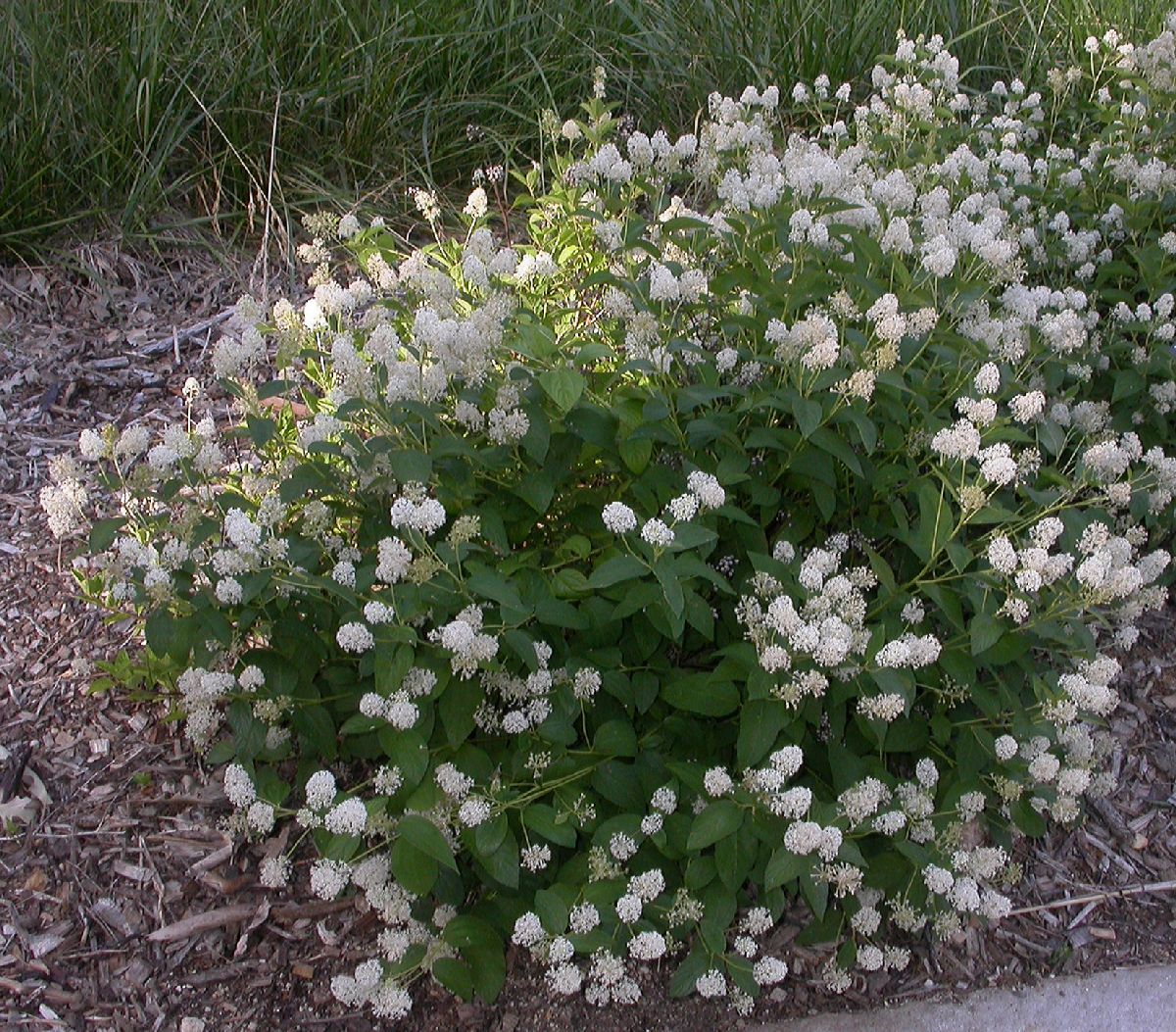New Jersey Tea Shrub Size
It is hardy to zone (uk) 4. Ceanothus americanus is a deciduous shrub growing to 1.2 m (4ft) by 1 m (3ft 3in) at a fast rate.

Growing Native New Jersey Tea Ceanothus Americanus Melinda Myers
Ceanothus americanus growing information • plant type:

New jersey tea shrub size. The lower stems are persistently woody with the upper herbaceaus branches dying back annually. The flowers are hermaphrodite (have both male and female organs)it can fix nitrogen. Trees are woody plants over 13 feet tall with a single trunk.
This extremely adaptable species can withstand inhospitable conditions because of massive, deep roots. Grows well in containers that can be situated on decks and patios. The luxuriant glossy leaves and bright white flowers of new jersey tea make it a durable shrub a real winner.
Sun exposure full sun, partial shade: Was a substitute for tea during the american revolution. New jersey tea has simple, alternate dark green with a toothed margin ovate, leaves that are two to three inches long.
New jersey tea, mountain snowbell, redroot: New jersey tea is a smaller wisconsin native shrub with fragrant white flowers in midsummer. It is low growing with a rounded crown and typically grows to 3 feet tall and 5 feet wide.
Growing to approximately 2 to 3 feet tall and 3 to 5 feet wide, the new jersey tea can be grown as a shrub, hedge or groundcover. Their small size makes them an effective groundcover when grouped together over rocky or dry locations. A deciduous shrub that grows just 3′ tall, the dried leaves of new jersey tea make a flavorful tea that was popular during the revolutionary war.
Clusters of small white flowers in early summer, without fragrance. Shrubs are less than 13 feet tall, with multiple stems. New jersey tea (ceanothus americanus) is a shrub that stays fairly short.
Hummingbirds are know to frequent these small shrubs. It is in flower from jun to august, and the seeds ripen from aug to october. White flowers attract many pollinators, and gamebirds prize the seeds.
Clusters of small black fruit form in july and august. Late spring to early summer, summer. In early summer it is covered with fragrant clusters of creamy white flowers.
As a shrub, it is ideal for use as a specimen, in grouping, or as a low hedge or background. The small white flower are fragrant and attract bees and other beneficial insects. It can be planted in small groups or scattered through the garden.
New jersey tea (ceanothus americanus) is easily grown in many soil types, especially dry habitats with its deep roots.staying small without pruning, it's perfect for establishing a shrubland or featuring in a landscape. New jersey tea, ceanothus americanus, is a small shrub native to eastern and central areas of the united states. The white flowers especially compliment pink and orange flowers.
Full sun to light shade; The flowering branches herbaceous, new each year, erect; Vines require support or else sprawl over the ground.
New jersey tea is great for pollinators and wildlife. Dried (caffeine free) leaves when boiled a few minutes make a tea. Billows of delicate white flowers form at the end of young branches in may and june.
Choose an option 1 gallon plugs: Bees and other pollinators, butterflies, hummingbirds. “wood” is a type of tissue made of cellulose and lignin that many plants develop as they mature — whether they are “woody” or not.
A small to medium sized deciduous shrub with fragrant white flowers. A tough plant, it tolerates a wide range of poor soil conditions. New jersey tea typically grows in open woods and dry prairies.
New jersey tea are small wildflower shrubs that used to be used as a tea substitute. New jersey tea is a low bushy shrub rarely over two feet tall, at least in minnesota. Although somewhat slow to establish, its extensive root system, drought tolerance, and ability to fix nitrogen make it an excellent choice for challenging garden sites.
New jersey tea blooms in spring with a profusion of white flowers. Leaf or needle arrangement, size, shape, and texture: When crushed the foliage is fragrant.
Ceanothus americanus is visited by hummingbirds, which eat the tiny insects that pollinate the flowers. The shrub attracts numerous pollinating insects that are fed upon by. Useful for native plantings and shrub borders.
Full sun to partial shade • soils: — low shrub up to 1 m. White flowers in june, july, august • size:
The plant is native to northern america. Plant two to three feet apart to create a low growing, drought tolerant native hedge.

Ceanothus Americanus New Jersey Tea Wildflower Seed
Ceanothus Americanus New Jersey Tea Minnesota Wildflowers

What Is A New Jersey Tea Plant - Guide To New Jersey Tea Shrub Care
Ceanothus Americanus - New Jersey Tea

Ceanothus Americanus New Jersey Tea Natural Communities Llc

New Jersey Tea Native Shrubs Johnsons Nursery Knowledgebase

New Jersey Tea Red Root Facts And Health Benefits

Ceanothus Americanus New Jersey Tea

New Jersey Tea The Morton Arboretum
Ceanothus Americanus New Jersey Tea Minnesota Wildflowers

New Jersey Tea Ceanothus Americanus 35 Pot Blazing Star Gardens

New Jersey Tea Native Shrubs Johnsons Nursery Knowledgebase

Ceanothus Americanus Mountain Snowbell New Jersey Tea North Carolina Extension Gardener Plant Toolbox

New Jersey Tea Ceanothus Americanus 35 Pot Blazing Star Gardens

New Jersey Tea Ontario Native Plants
Ceanothus Americanus New Jersey Tea Native Plants Of North America
Ceanothus Americanus New Jersey Tea From New Moon Nurseries

New Jersey Tea Ceanothus Americanus - Great Plains Nursery

Ceanothus Americanus New Jersey Tea - Qt Super Plugs